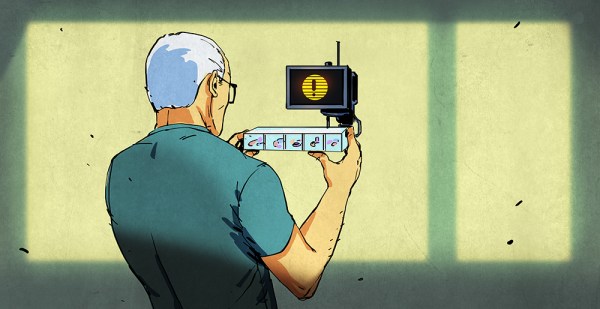Everyone knows that time’s arrow only goes in one direction, regardless of the system or material involved. In the case of material time, i.e. the ageing of materials such as amorphous materials resulting from glass transition, this material time is determined after the initial solidification by the relaxation of localized stresses and medium-scale reordering. These changes are induced by the out-of-equilibrium state of the amorphous material, and result in changes to the material’s properties, such as a change from ductile to a brittle state in metallic glasses. It is this material time which the authors of a recent paper (preprint) in Nature Physics postulates to be reversible.
Whether or not this is possible is said to be dependent on the stationarity of the stochastic processes involved in the physical ageing. Determining this stationarity through the investigation of the material time in a number of metallic glass materials (1-phenyl-1-propanol, laponite and polymerizing epoxy) was the goal of this investigation by [Till Böhmer] and colleagues, and found that at least in these three materials to be the case, suggesting that this process is in fact reversible.
Naturally, the primary use of this research is to validate theories regarding the ageing of materials, other aspects of which have been investigated over the years, such as the atomic dynamics by [V.M Giordano] and colleagues in a 2016 paper in Nature Communications, and a 2022 study by [Birte Riechers] and colleagues in Science Advances on predicting the nonlinear physical ageing process of glasses.
While none of these studies will give us time-travel powers, it does give us a better understanding of how materials age over time, including biological systems like our bodies. This would definitely seem to be a cause worthy of our time.
Header image: Rosino on Flickr, CC BY-SA 2.0.














